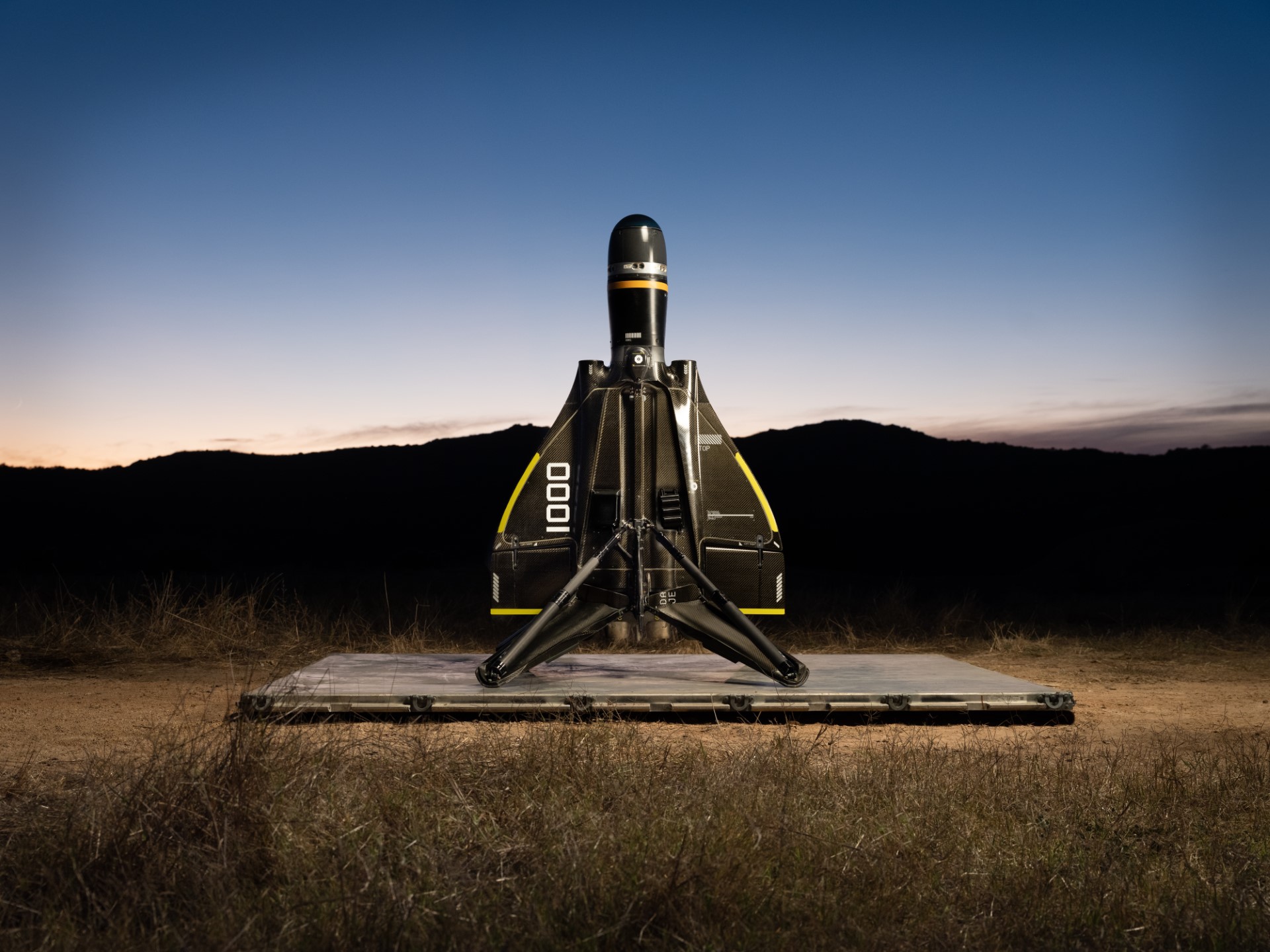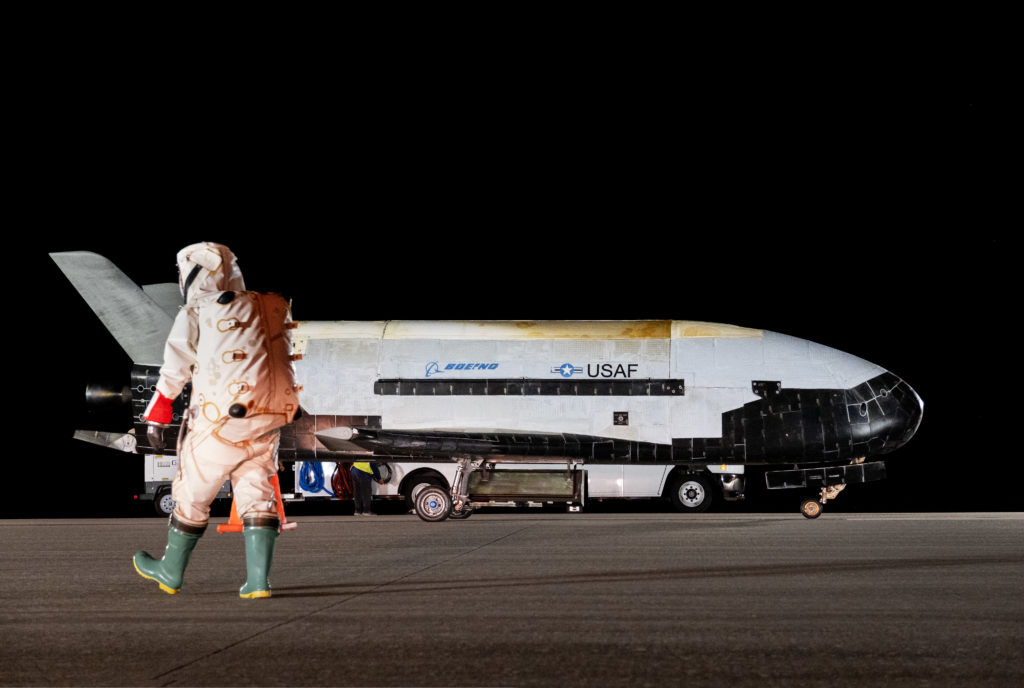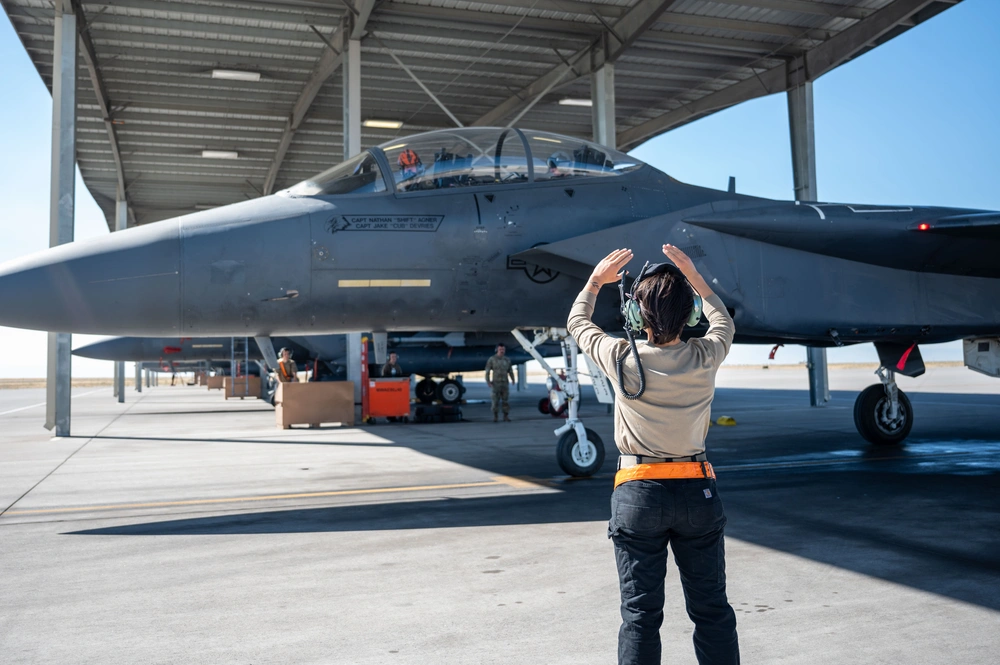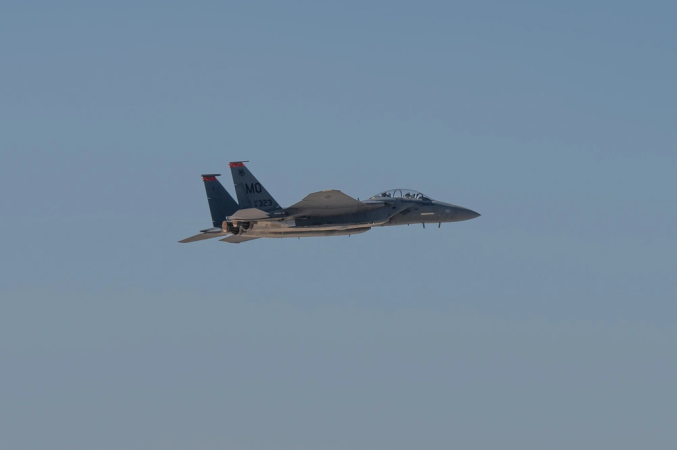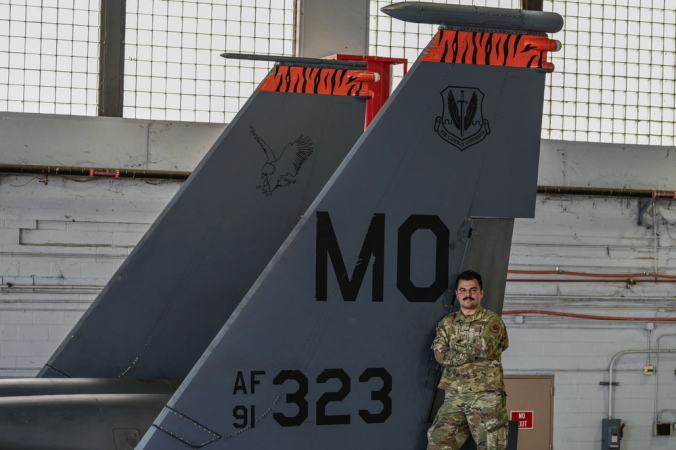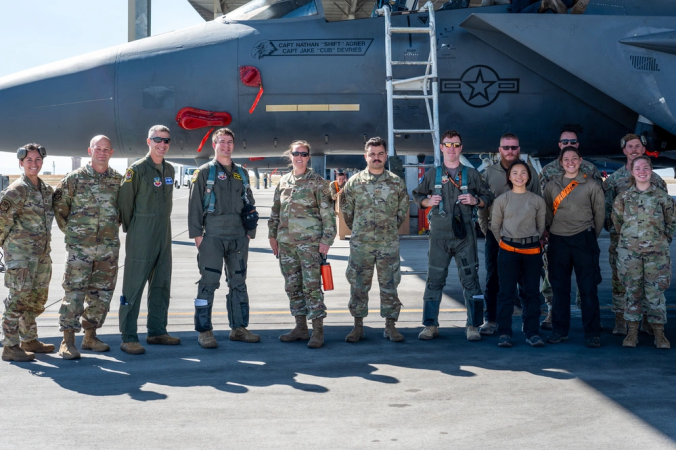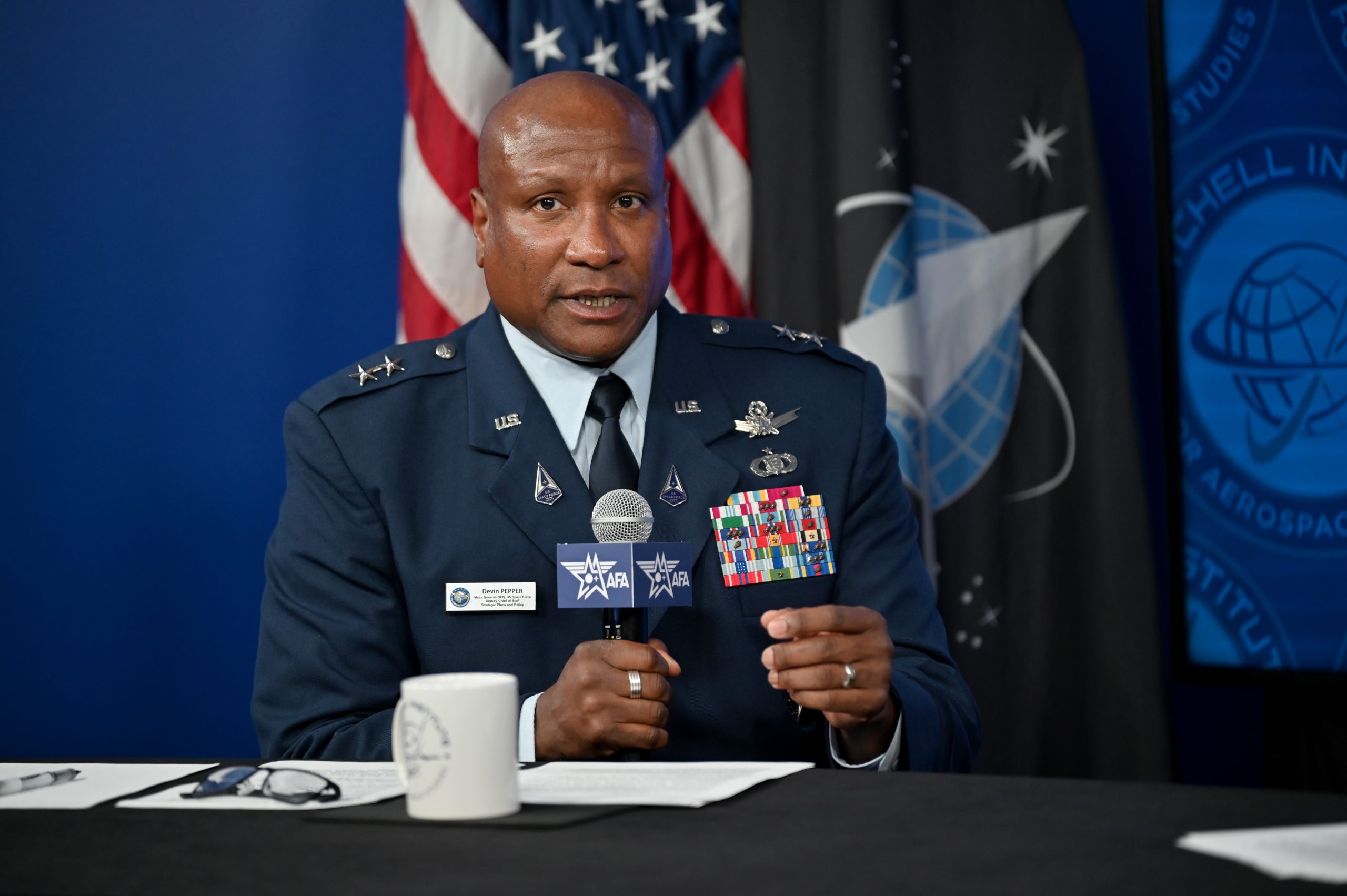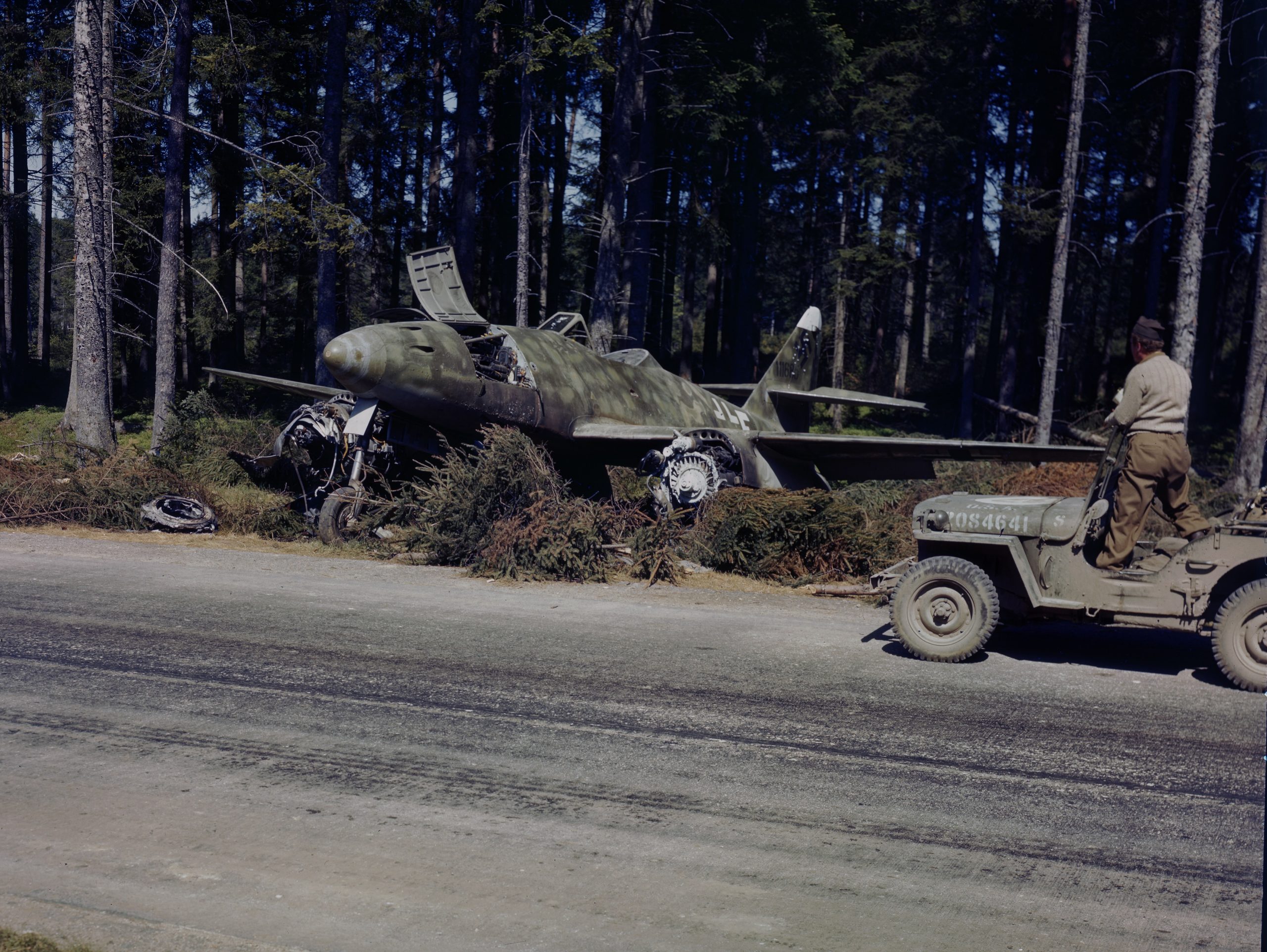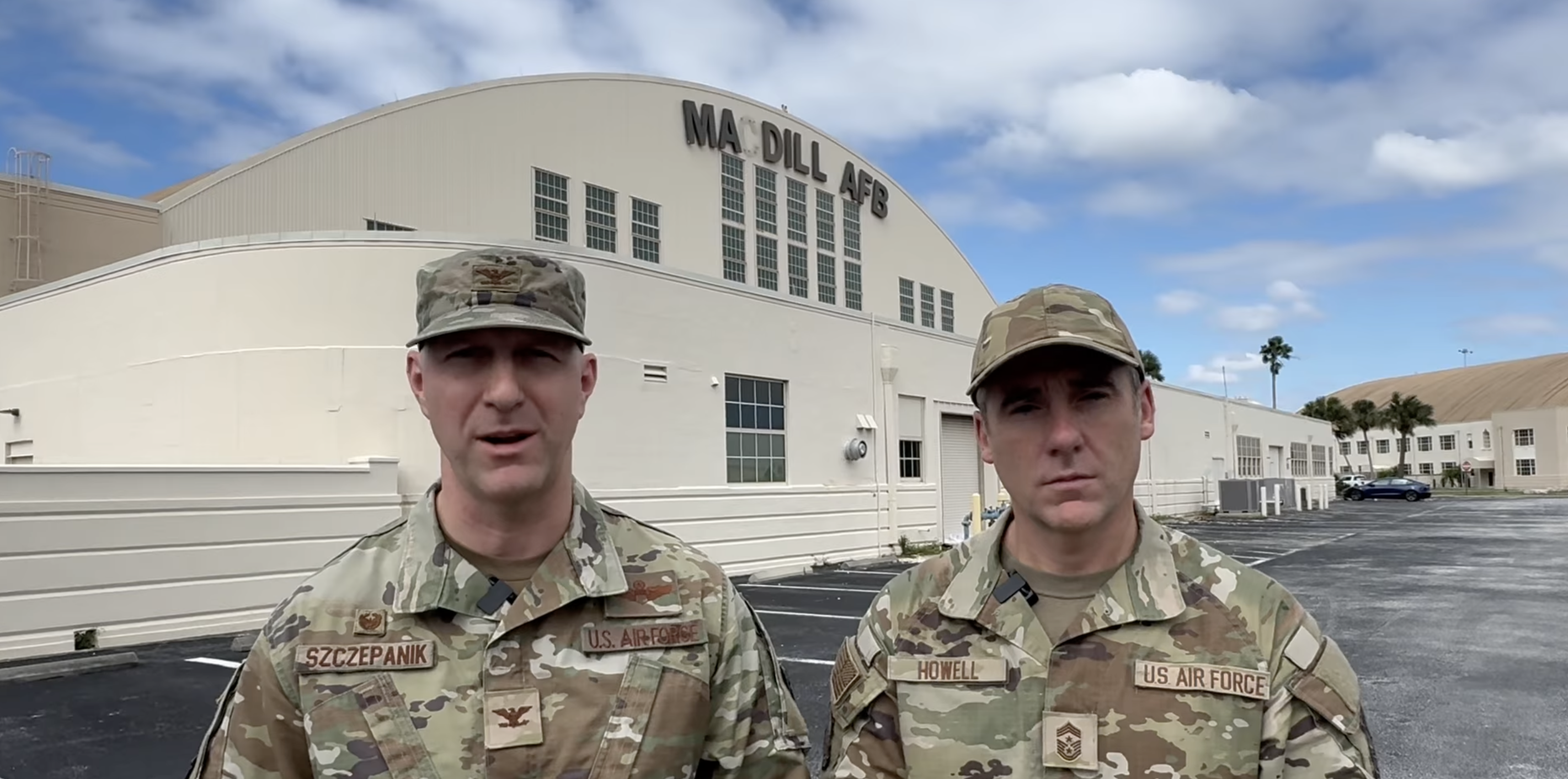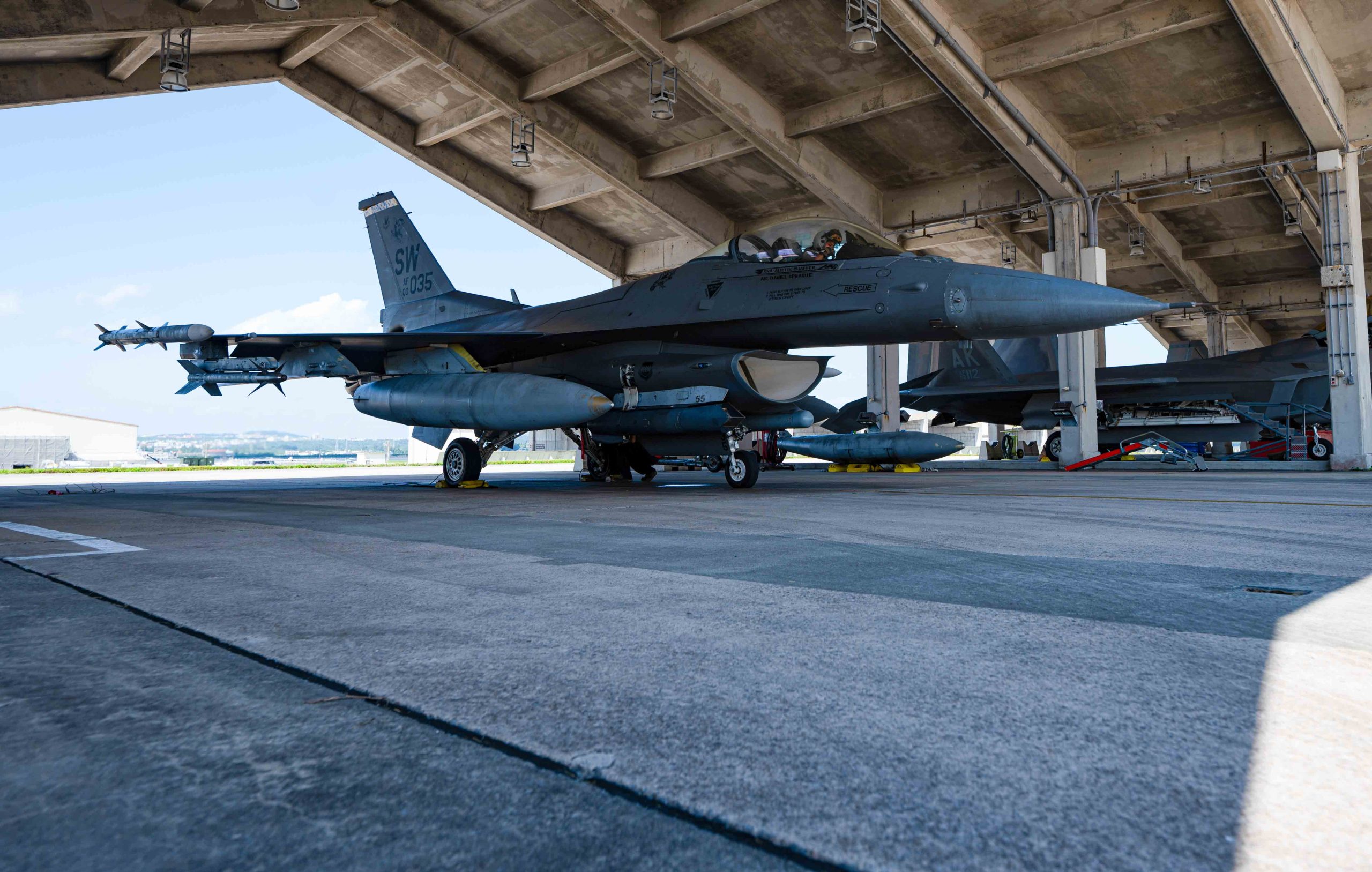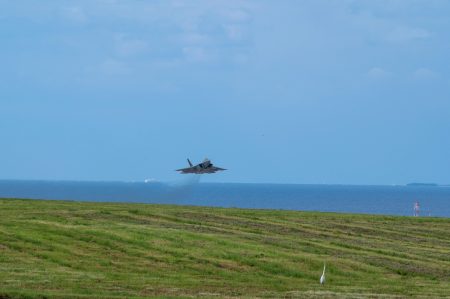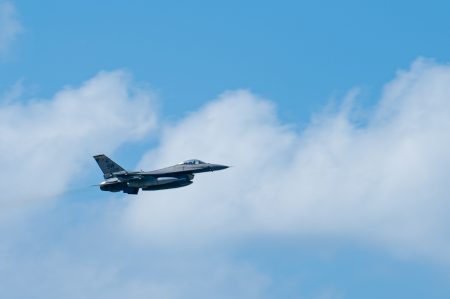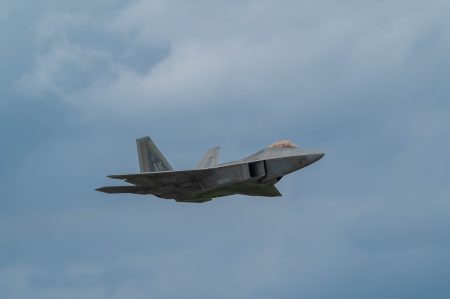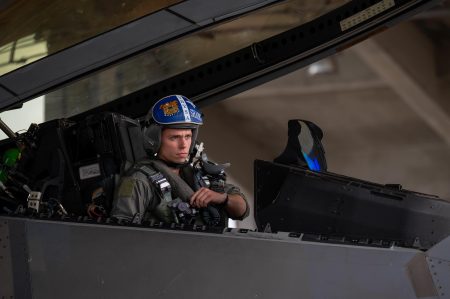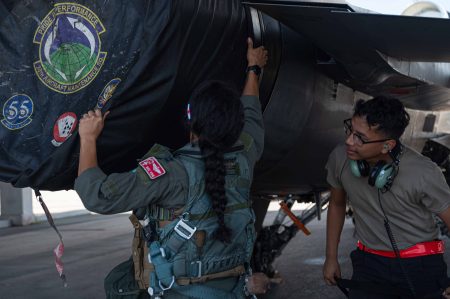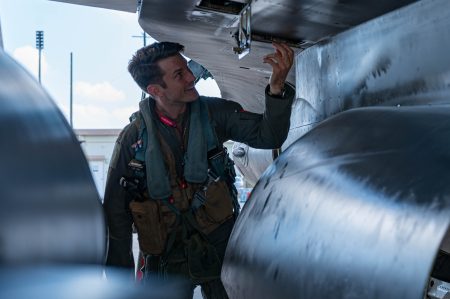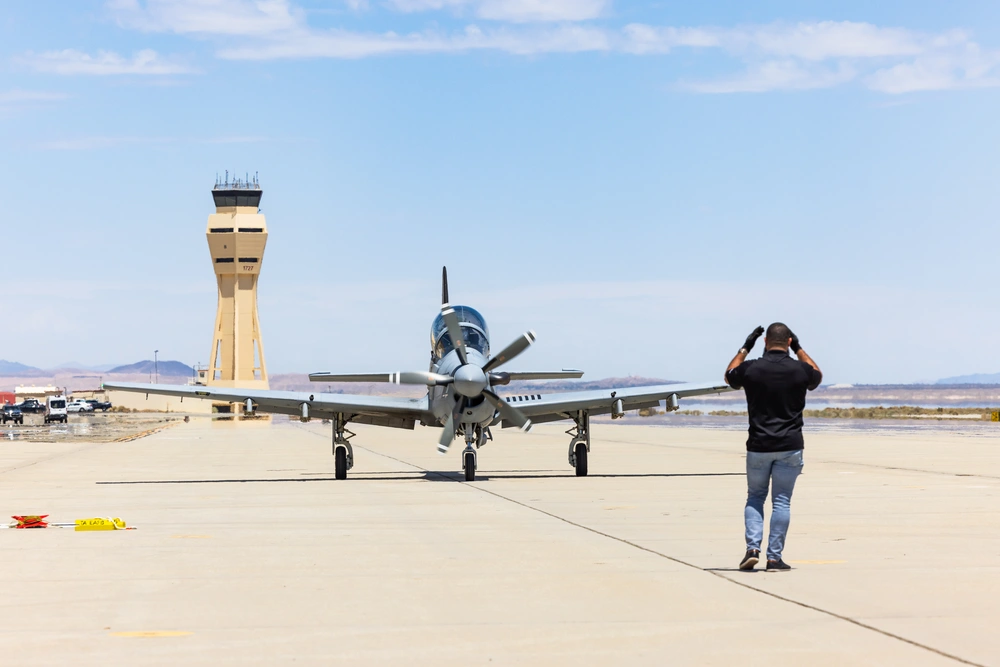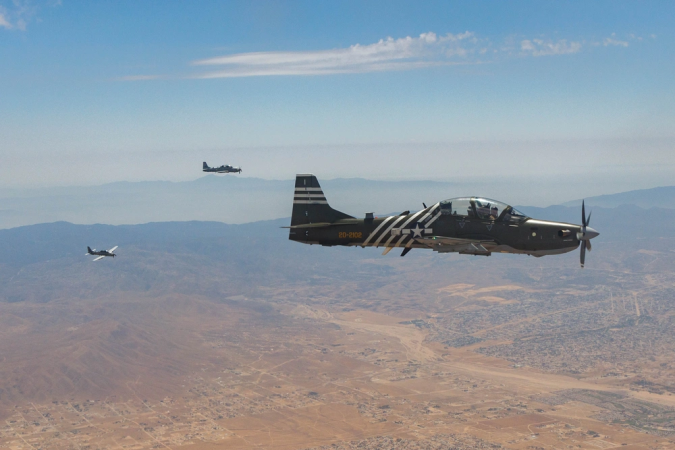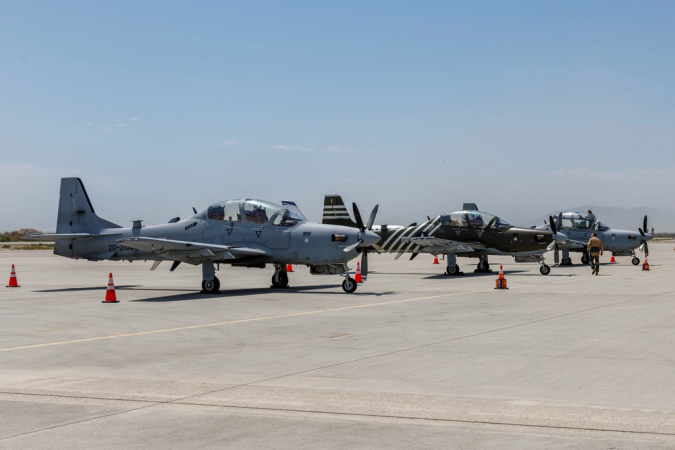The U.S. military is spending big bucks to find more systems that can counter cheap drones.
Anduril Industries has received a $250 million contract to supply an unidentified U.S. military service with “more than 500” Roadrunner-M counter-drone systems and associated Pulsar electronic warfare systems, the company said.
The disclosure comes a week after the Pentagon announced that its “Replicator II” effort will focus on counter-unmanned aerial systems, though isn’t clear if Roadrunner fulfills any Replicator requirement.
Under the contract, Anduril will start delivering the weapons starting in the last quarter of this calendar year through the end of 2025. The system is based on Anduril’s Roadrunner vertical takeoff and landing UAS, and the two have high modular commonality, the company said. The Roadrunner was developed by Anduril with its own funds, and the company said it went from “an idea to a combat-validated and fieldable solution in less than two years, which is much faster than most traditional contractor timelines.”
The Roadrunner-M carries a high explosive and can intercept UAS at high subsonic speed. If it is not necessary to detonate the system, it can be safely landed and re-used. The company called the system “the world’s first recoverable explosive weapon.”
As an interceptor, the Roadrunner-M “can rapidly identify, intercept, and destroy an array of aerial threats that are up to 100 times more expensive, or be recovered and re-used at near-zero cost.”
The system “will be deployed to operational sites in priority regions where U.S. forces face significant UAS threats, further enhancing U.S. air defense capabilities at the tactical edge,” Anduril said in a press release.
It isn’t clear from the announcement whether the Pulsar is intended to jam or disable a drone or perform some broader electronic warfare mission.
Roadrunner-M has been deployed operationally in a combat evaluation since January of this year, and Pulsar has been deployed in similar assessments since August of 2023, Anduril said.
The program is one of Anduril’s many new efforts designed to “support defense innovation [and] provide rapid, scalable solutions to safeguard U.S. forces.” The company recently unveiled its “Bolt” UAS and “Barracuda” family of low-cost, modular cruise missiles. It is one of two competitors for the Air Force’s Collaborative Combat Aircraft Increment 1 contract.
The company said Roadrunner M is defined as “a new class of recoverable, ground-based air defense weapon.” Its twin-jet propulsion and VTOL capability pairs “high subsonic speed with exceptional stability and agility.” It is designed to be “future-proof” because it can carry modular payloads for a “broad set of missions and can be constantly updated to meet the threats of tomorrow.”
Anduril’s revelation came after a Sept. 27 memo from Defense Secretary Lloyd J.Austin III said that the second phase of the Pentagon’s “Replicator” initiative—aimed at large-scale production of autonomous platforms—“will tackle the warfighter priority of countering the threat posed by small uncrewed aerial systems (C-sUAS) to our most critical installations and force concentrations.”
The expectation is “that Replicator 2 will assist with overcoming challenges we face in the areas of production capacity, technology innovation, authorities, policies, open system architecture and system integration, and force structure,” Austin wrote. He wants a “meaningful” operational capability within 24 months of securing funding from Congress for the effort.
The project will “leverage the work of the Counter Uncrewed Systems Warfighter Senior Integration Group, and collaborate closely with other ongoing efforts.”
